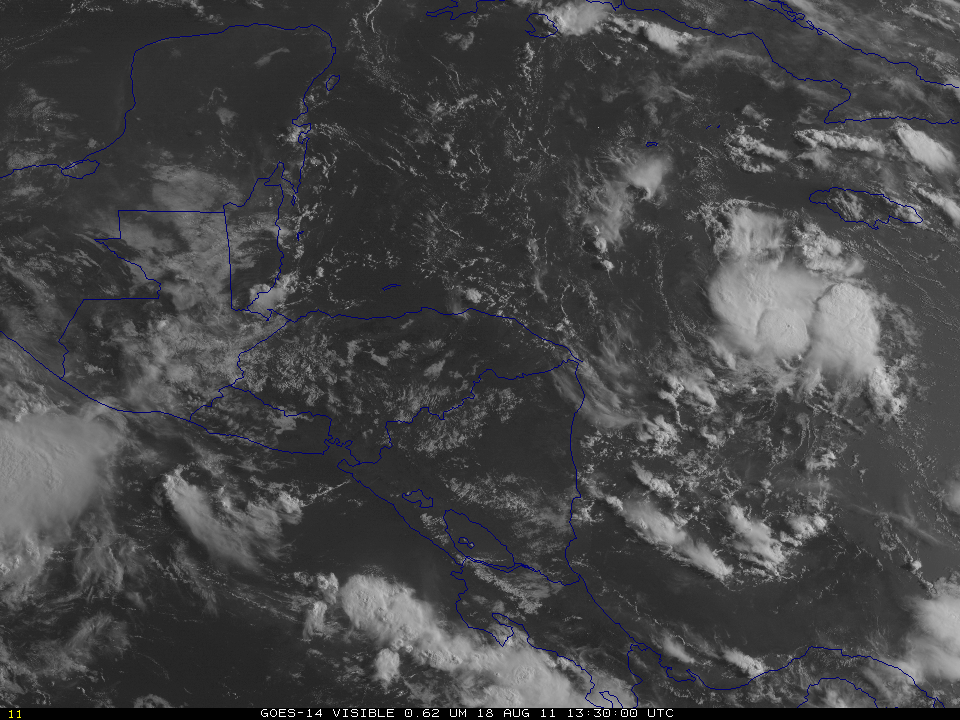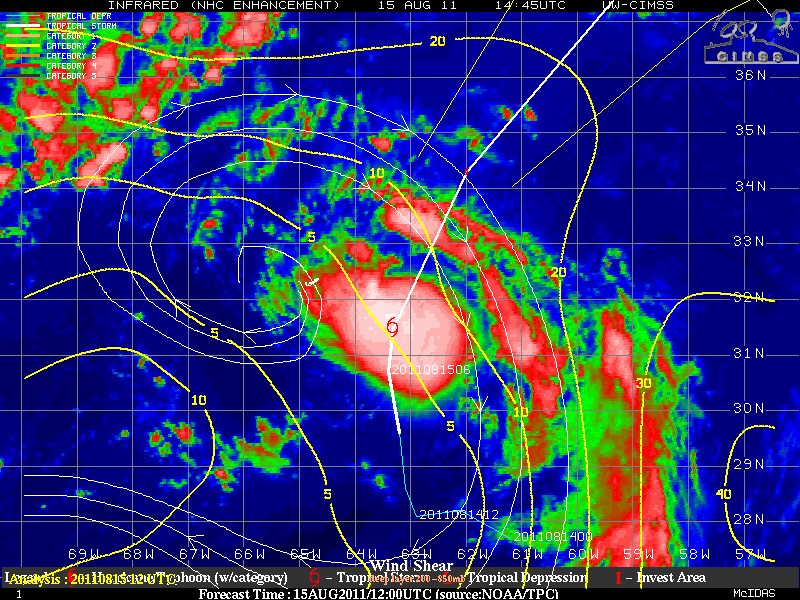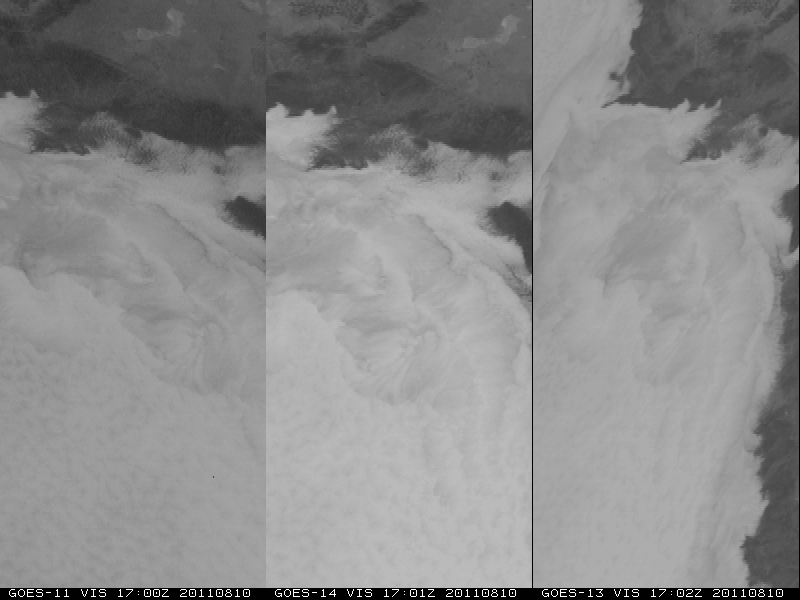The following appeared in the Area Forecast Discussion issued by the National Weather Service forecast office at State College, PA on the morning of 12 August 2011:AREA FORECAST DISCUSSION NATIONAL WEATHER SERVICE STATE COLLEGE PA 523 AM EDT FRI AUG 12 2011 .NEAR TERM /UNTIL 6 PM THIS EVENING/… HIGH... Read More
The following appeared in the Area Forecast Discussion issued by the National Weather Service forecast office at State College, PA on the morning of 12 August 2011:
AREA FORECAST DISCUSSION
NATIONAL WEATHER SERVICE STATE COLLEGE PA
523 AM EDT FRI AUG 12 2011
.NEAR TERM /UNTIL 6 PM THIS EVENING/…
HIGH PRESSURE AND ASSOCIATED DRY AIR MASS PRODUCING A NEARLY CLOUDLESS MORNING OVER CENTRAL PA. 07Z MODIS 11-3.7UM IMAGERY SHOWS FOG HAS DEVELOPED IN THE VALLEYS OF WESTERN PA…WHERE COOL AIR IN CONTACT WITH RELATIVELY WARMER RIVER/STREAM WATER. ANY FOG SHOULD BURN OFF BY 8-9AM.
AWIPS images of the 1-km resolution MODIS fog/stratus product along with the corresponding 4-km resolution GOES fog/stratus product image (below) demonstrated the improvement in river valley fog detection that is possible with higher spatial resolution. Note the river valley fog on the MODIS image that was mentioned across western Pennsylvania, as well as other areas of river valley fog across parts of southern New York and northern West Virginia.

1-km resolution MODIS and 4-km resolution GOES fog/stratus product images
About 3 hours later, a similar comparison of 1-km resolution POES AVHRR and 4-km resolution GOES fog/stratus product images (below) show that river valley fog had increased across parts of western and northern Pennsylvania. The large amount of noise on the GOES fog/stratus product made it difficult to accurately locate where river valley fog features had formed.

1-km resolution POES AVHRR and 4-km resolution GOES fog/stratus product images
CIMSS participation in GOES-R Proving Ground activities includes making a variety of POES AVHRR and MODIS images and products available for National Weather Service offices to add to their local AWIPS workstations. Currently there are 49 NWS offices receiving MODIS imagery and products from CIMSS.
The VISIT training lessons “POES and AVHRR Satellite Products in AWIPS†and “MODIS Products in AWIPS” are available to help users understand these products and their applications to weather analysis and forecasting.
View only this post
Read Less








